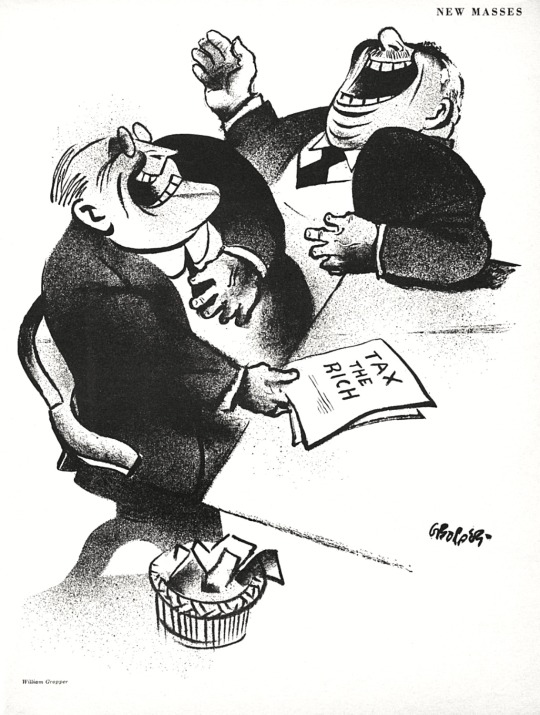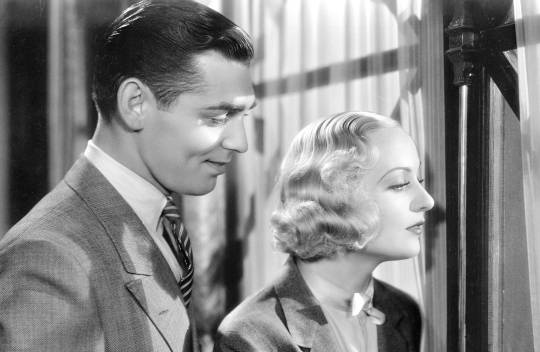#William Gropper
Explore tagged Tumblr posts
Text

William Gropper (American, 1897 - 1977) - The Headless Horseman
166 notes
·
View notes
Text

William Gropper, 1935
53 notes
·
View notes
Text

William Gropper - Doomsday Rhapsody
22 notes
·
View notes
Text

William Gropper, Democratic National Convention, 1968
7 notes
·
View notes
Text

"After Election" by William Gropper, in the November 12, 1935 New Masses.
(source: marxists.org)
3 notes
·
View notes
Text

6 notes
·
View notes
Text
Ashwini nakshatra is the nakshatra which ONLY has consistent horse symbolisms in its material. The nakshatra's symbol drawing, even from just the name, its animal yoni, the ruling deities who are either painted having horse heads or riding horses together etc.


Another horse connection is in this nakshatra being the Star of Transport and speed, and even myths of the ruling deities have horse head symbolisms again, with trickery and deceit. They tricked Indra by replacing the head of Dadhichi with that a horse.

The way the ruling deities were even conceived was when their mother turned into a horse to run away from her Solar husband as his sun rays were too blinding (another connection to my theory of Ketu women running away men) and when her husband, the Sun King, chased after her, he did so in horse form. And that's how the Ashwini Kumaras were conceived.


Also I just found this amazing painting online which captures the idea of Ashwini nakshatra.

William Gropper, Headless Horseman, 1946
125 notes
·
View notes
Text
So my wife, who loves me very very much, got me this book for Janice:
She heard about the book bc apparently the translator is a friend of someone on her IT Security Slack, and she figured I'd like it.
And... I do. I very much do. It's a quick read, and it definitely has A Point Of View - which is ofc not surprising, in context of the author's life & beliefs. (Ben Gold was the head of the Furrier's Union in NYC at the time when the union won the first 40-hour, 5-day work week contract in the United States in 1926. This is the contract that started that standard.) It is both a snapshot of life in the Pale of Settlement & in immigrant NYC radical leftist organizing in the early 20th century. As with all books that I really love, this book knows exactly what it is and does that thing 200% without apology.
The translator, Annie Sommer Kaufman, does an excellent job of preserving the feel of Yiddish text. Yiddish has a very lyrical flow to it that's unmistakable once you're accustomed to it, and you'll find it clearly preserved here. (Also, Kaufman appears on the late November episode of the Proste Yiddish/Simple Yiddish podcast, a podcast that allows Yiddish learners to practice listening to spoken Yiddish. If you speak Yiddish or are trying to learn, I definitely recommend at least that episode!)
I devoured this book in a Shabbat afternoon and had enough time left over for a lovely nap. A perfect Hanukkah Shabbat, I think.
58 notes
·
View notes
Text

Stabbed in the Back, 1939. William Gropper (American, 1897-1977) Oil on canvas
24 notes
·
View notes
Text

WILLIAM GROPPER (1897-1977)
Overtime.
Oil on canvas board. Signed, Gropper, lower right
Swann Galleries
6 notes
·
View notes
Photo

“Tax The Rich“ William Gropper New Masses Magazine United States of America July 9, 1935
#american#cartoon#tax the rich#rich#bourgeoisie#tax#corporation#anti-capitalism#monopoly#usa#united states
164 notes
·
View notes
Text

William Gropper - Air Raid in Spain
9 notes
·
View notes
Text

William Gropper, The Summation, 1953
2 notes
·
View notes
Text

Construction of a Dam (detail), by William Gropper, 1939.
16 notes
·
View notes
Text

Illustration by William Gropper in the February 20, 1934 New Masses.
(source: marxists.org)
2 notes
·
View notes
Text

Clark Gable and Carole Lombard in No Man of Her Own (Wesley Ruggles, 1932)
Cast: Clark Gable, Carole Lombard, Dorothy Mackaill, Grant Mitchell, Elizabeth Patterson, George Barbier, J. Farrell MacDonald, Tommy Conlon, Walter Walker, Paul Ellis, Charley Grapewin. Screenplay: Maurine Dallas Watkins, Milton Herbert Gropper, Edmund Goulding, Benjamin Glazer, based on a novel by Val Lewton. Cinematography: Lee Tover. Film editing: Otho Lovering. Costume design: Travis Banton.
If actors weren't cattle, as Alfred Hitchcock is reported to have said, they were at least property, and their studios treated them as such. Clark Gable was becoming one of MGM's most valuable properties when he was loaned out to Paramount to make the only film in which he starred with Carole Lombard, who later became his wife. It was part of a complicated talent swamp initiated by Marion Davies, who had clout with MGM because of her relationship with William Randolph Hearst, who produced films for her that were distributed by MGM. Davies wanted Bing Crosby for a movie, so Paramount traded him to MGM for Gable and No Man of Her Own. Lombard became his co-star only because Miriam Hopkins didn't want to take second billing to Gable. The studio mountains labored to bring forth a cinematic mouse: a passable romantic comedy remembered only for the star teaming. Gable and Lombard are very good in it, though he comes off somewhat better than she does. Lombard was best in movies that gave her license to clown, like Twentieth Century (Howard Hawks, 1934) and My Man Godfrey (Gregory La Cava, 1936). In No Man of Her Own she's simply a woman who knows what she wants, and it isn't necessarily Gable, it's just to get out of the dull little town where she's the librarian. Gable on the other hand is in a role tailor-made for him: "Babe" Stewart, a raffish professional poker player who's as adept at wooing women as he is at cheating at cards. On the verge of getting caught by the detective (J. Farrell MacDonald) who's been tailing him, he skips town and winds up in the burg that Lombard's Connie Randall wants to escape. She catches his eye -- in one pre-Code scene she climbs a ladder and he looks up her skirt -- and with improbable speed they get married. Eventually she finds out that he's not the stockbroker he pretends to be, but nothing fazes her. He gets in trouble again, but just as he's about to take it on the lam, deserting her, he finds of course that he really loves her. The story lacks snap and tension: It was cobbled together from several sources, nominally from a novel by Val Lewton called No Bed of Her Own, a title the Hays Office nixed, but also from another story in Paramount's files. What life the film has comes from Wesley Ruggles's direction and from its performers, including Dorothy Mackaill as Babe's former partner in card-sharping. Lombard and Gable work well together, but reportedly didn't strike any off-screen sparks at the time -- they were both married to other people. They met again at a party four years later and were married in 1939.
2 notes
·
View notes